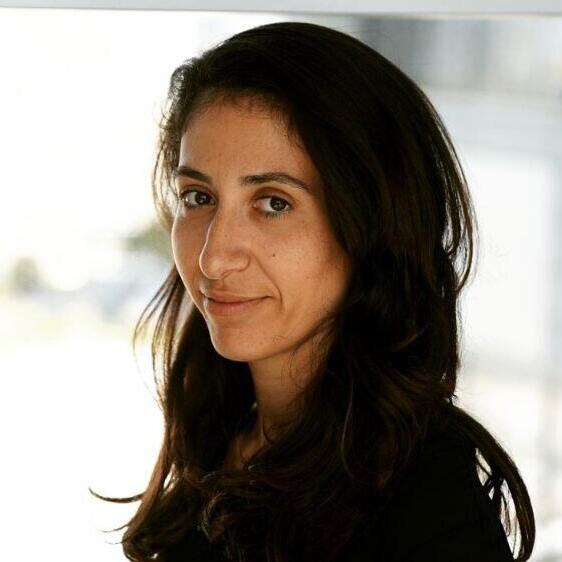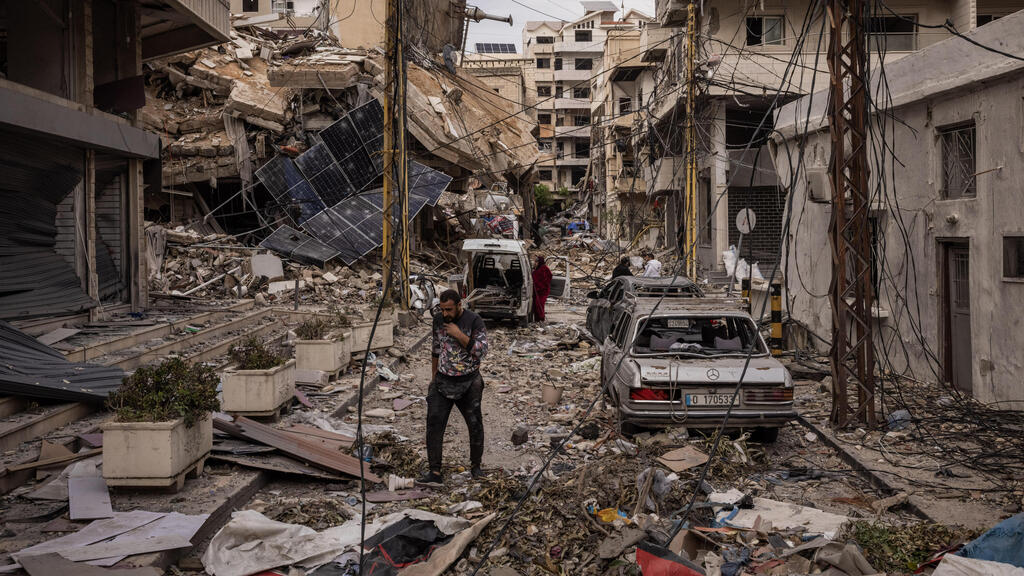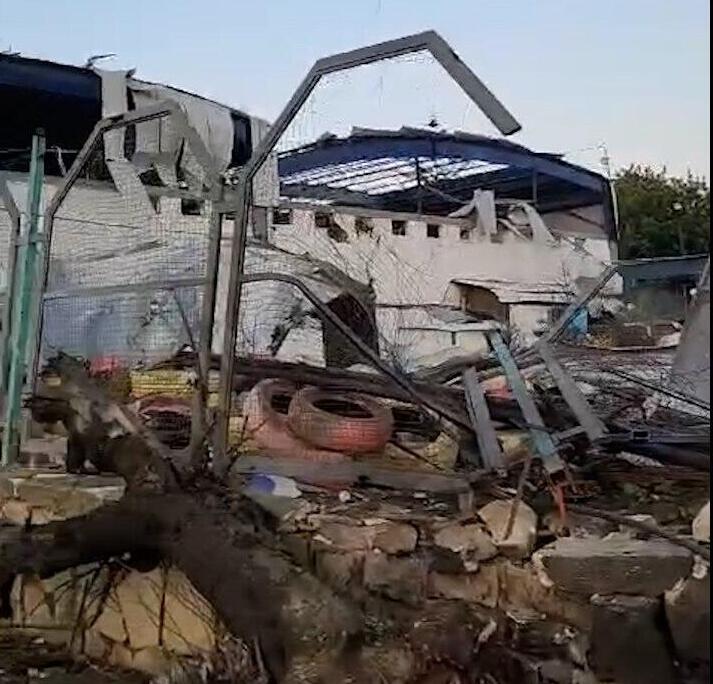Getting your Trinity Audio player ready...
This is the second week that residents of southern Lebanon have been returning to their villages on the border, after months of being displaced by fighting. With the end of the first 60 days of the cease-fire, the return was initially accompanied by chaos, provocations and clashes with IDF forces, during which 24 Lebanese citizens were killed and 134 were wounded by gunfire, according to the Lebanese Ministry of Health. But now it seems that Lebanon has gotten the message, and in the past week things have looked different.
Residents of southern Lebanon return to villages on the border
The Hezbollah-affiliated newspaper Al-Akhbar reported Tuesday that the return of Lebanese civilians to villages in the south of the country last Sunday as part of what was they called the "second Sunday of return," passed peacefully, without clashes or deaths, unlike the previous week. This is reportedly due to an implicit agreement between Hezbollah, the Amal movement in Lebanon, and the municipalities in southern Lebanon to control the demonstrators in order to prevent bloodshed. Sources also told the newspaper that UNIFIL conveyed Israeli threats to the Lebanese, who wanted to avoid a repeat of the prior week's violent events.
3 View gallery


Lebanese civilians return to their border villages in southern Lebanon
(Photo: Karamallah Daher/Reuters)
Lebanon closely monitors all IDF movements in the south of the country and consistently reports that it is still operating there, blowing up houses and flying drones in the country's skies. Al-Akhbar and the Al-Manar channel, which is also affiliated with Hezbollah, presented maps of the "liberated" border villages to which the residents have returned and of the villages where the IDF is still operating.
Although Hezbollah boasts about the return of residents of southern Lebanon, including its activists and supporters, and assures that the organization is still strong, the villages of the south have been completely destroyed. Despite attempts in Lebanon to present an image of "victory" in documenting the return, Hezbollah brought destruction and devastation to the south of the country, destroying the villages it used as weapons depots, and operating and firing at Israel from those populated areas. Hezbollah also operated in other areas of Lebanon, such as Al-Baqa'a in the interior of the country and the Dahieh neighborhood of Beirut, but the villages of the south were the main arena of fighting throughout the months of the war.
The destruction and devastation in the area are visible every day in footage posted on social media. Alongside the residents' joy at their return, and the Hezbollah flags hoisted alongside pictures of the eliminated operatives, what can mainly be seen is the rubble. Residents of Al-Khaiam, north of Metula, for example, described in a video how they were organized in the field alongside a burning fire and food, but everything around them appears to be destroyed, and the Hezbollah flags placed on the rubble sharpen the question of who is to blame.
One of the residents who returned to Al-Dahira in southern Lebanon photographed the ruins of the village, while walking among the fragments of collapsed houses, and said: "Be careful where you step," as the sounds of residents crying can be heard in the background.
<< Get the Ynetnews app on your smartphone: Google Play: https://bit.ly/4eJ37pE | Apple App Store: https://bit.ly/3ZL7iNv >>
Hezbollah suffered significant damage during the war. Its warehouses, infrastructure and weapons were destroyed, its top leadership was eliminated, smuggling routes from Syria were blocked, especially after the overthrow of the Assad regime, and it appears that the organization is in need of extensive reconstruction – both internal and external.
The Shiite terrorist organization also needs a lot of financial resources for the assistance it provides to the affected families. Behind the cries of joy of the residents of southern Lebanon these days and the entry into the villages together with the local army, lies great distress. Along with this, it is important to remember that the organization and its surroundings make it clear that they will rebuild everything on the border, and that they have not abandoned their path.








